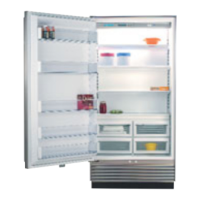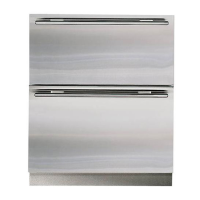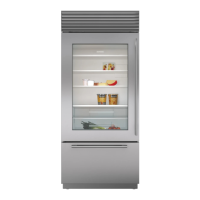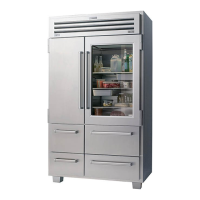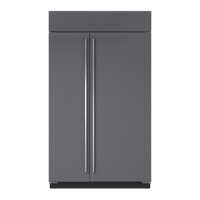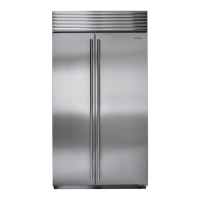30
eeping
food at its best
K
eeping food at its best
When You Cook Food
• Don’t taste raw or partially
cooked meat, poultry, eggs
or fish.
• Cook meat to an internal
temperature of 165°F (74˚C)
or above, poultry to 180°F
(82˚C) or above. For cuts more
than 2" (51 mm) thick, use a
meat thermometer to check the
temperature. For thinner cuts,
clear juices (not pink) are a
sign of doneness.
• If you are cooking frozen meat
or poultry that has not been
defrosted, increased the
cooking time to 1-1/2 times the
time required for thawed items.
• Roast meats or poultry in
oven temperatures of 325°F
(163˚C) or above.
• Cook eggs until the yolk and
white are firm, not runny.
• Don’t use recipes in which
eggs remain raw or partially
cooked.
• If your microwave has a
temperature probe, use it.
Check temperatures of meat
and poultry in at least three
spots. Rotate foods during
microwaving.
When You Have Leftovers
• Refrigerate or freeze cooked
leftovers in small, covered
containers within 2 hours after
cooking. Make sure there is
adequate air space around the
containers so that food can
cool down quickly.
• Remove the stuffing from
meat or poultry and store it
separately.
• Date packages of leftovers
and use within a safe period
of time.
• Cover and reheat leftovers
thoroughly before serving.
• Bring sauces, soups and gravy
to a boil. Heat other foods to
165°F (74˚C).
• If you think food may be
spoiled, discard it. When in
doubt, throw it out.
Keeping Food
Safe to Eat

